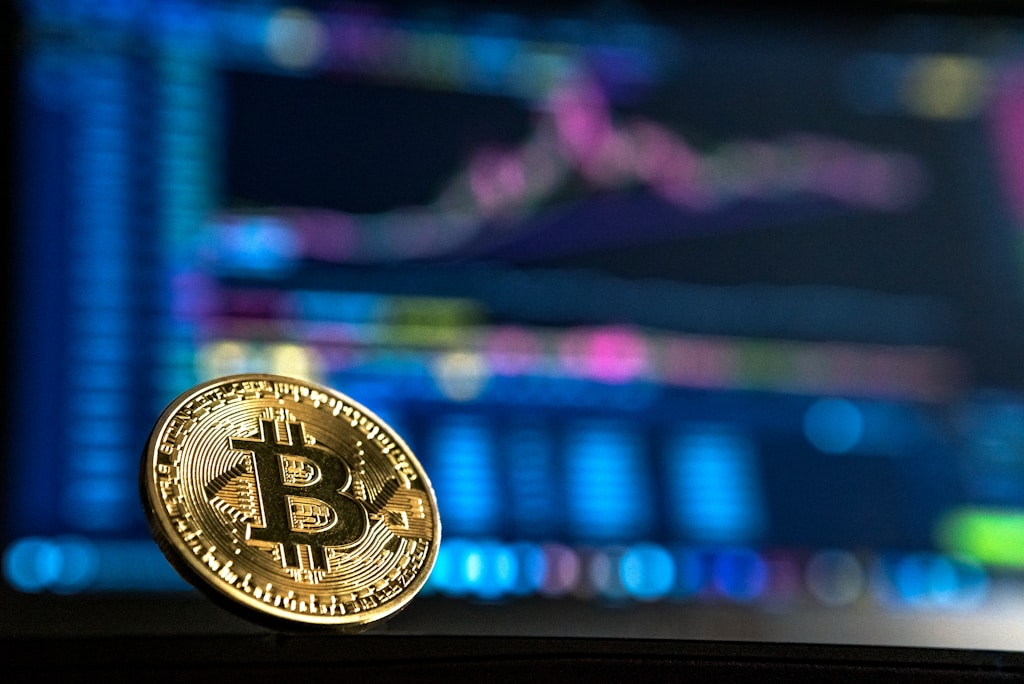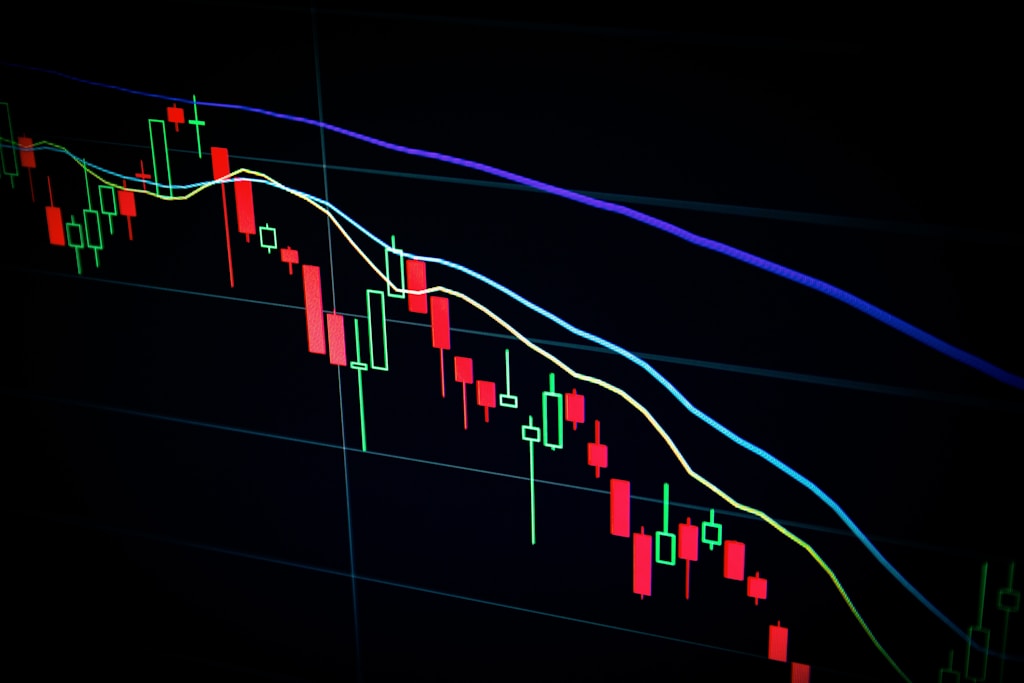In a groundbreaking development for digital currency adoption in Southeast Asia, GCash, the Philippines’ leading mobile wallet provider, has announced the integration of USDC stablecoin for its massive user base of 100 million Filipinos. This strategic move, revealed on March 18 in Manila, marks a significant milestone in bringing dollar-backed digital assets to one of Asia’s most dynamic economies.
Key Highlights of the GCash-USDC Integration
- Direct access to USDC for 100 million Filipino users
- Stable, dollar-backed digital currency functionality
- Enhanced global payment capabilities
- New opportunities for savings and financial inclusion
This integration follows the broader trend of growing stablecoin adoption, which has seen the total market capitalization of stablecoins reach unprecedented levels in 2025.
Impact on Philippine Digital Economy
The integration of USDC into GCash’s platform represents a significant leap forward in digital currency adoption for the Philippine market. Users will now have access to:
- Dollar-denominated savings options
- International remittance alternatives
- Stable digital currency trading
- Cross-border payment solutions
FAQ Section
What is USDC?
USDC is a regulated stablecoin backed 1:1 by US dollar reserves, offering users a stable digital currency option for transactions and savings.
How will this affect GCash users?
Users will gain access to dollar-denominated digital assets, enabling more stable international transactions and new savings opportunities.
What are the benefits for Filipino users?
Benefits include reduced remittance costs, stable value storage, and enhanced access to global financial services.
Looking Ahead
This strategic partnership between GCash and USDC represents a significant step toward greater financial inclusion and digital currency adoption in the Philippines. As the stablecoin market continues to evolve, this integration could serve as a model for similar implementations across Southeast Asia.





